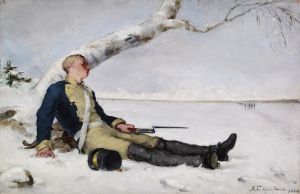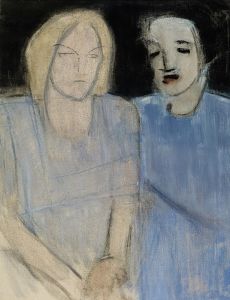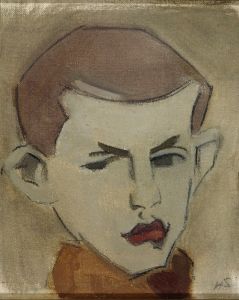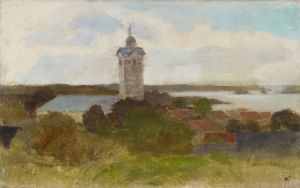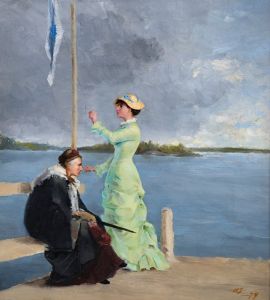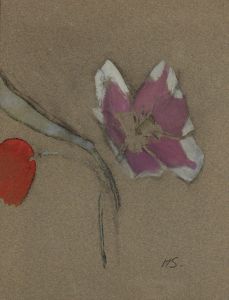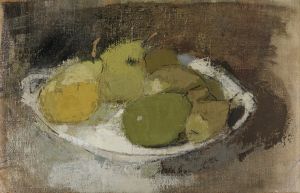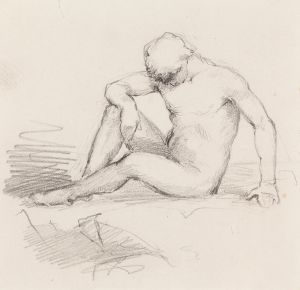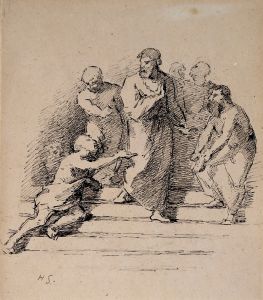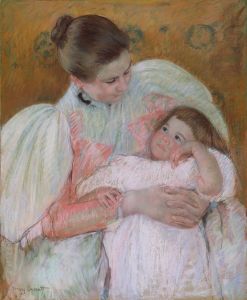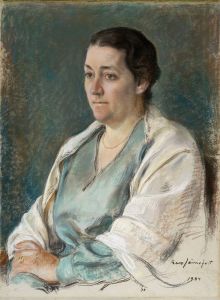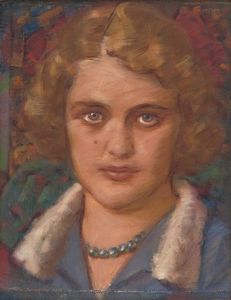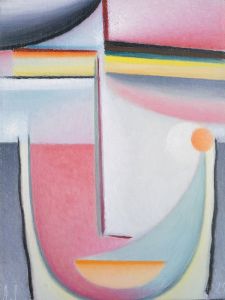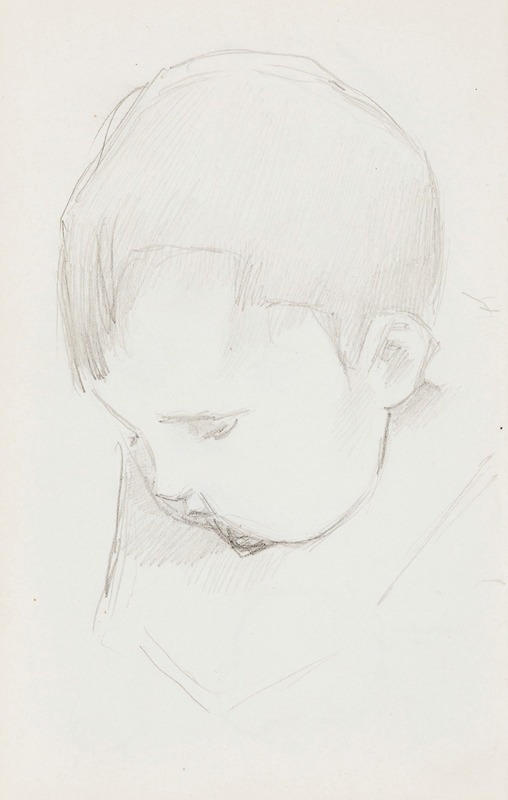
Pikkulapsen pää
A hand-painted replica of Helene Schjerfbeck’s masterpiece Pikkulapsen pää, meticulously crafted by professional artists to capture the true essence of the original. Each piece is created with museum-quality canvas and rare mineral pigments, carefully painted by experienced artists with delicate brushstrokes and rich, layered colors to perfectly recreate the texture of the original artwork. Unlike machine-printed reproductions, this hand-painted version brings the painting to life, infused with the artist’s emotions and skill in every stroke. Whether for personal collection or home decoration, it instantly elevates the artistic atmosphere of any space.
Helene Schjerfbeck's painting Pikkulapsen pää (translated as Head of a Small Child) is a work by the renowned Finnish artist, known for her distinctive style and significant contributions to modern art in Finland. Schjerfbeck (1862–1946) is celebrated for her portraits, still lifes, and landscapes, as well as her ability to capture emotion and character with minimalistic yet expressive techniques.
Pikkulapsen pää is a portrait of a young child, showcasing Schjerfbeck's mastery in portraying human subjects with sensitivity and depth. The painting is characterized by its soft, muted tones and delicate brushwork, which are hallmarks of Schjerfbeck's later style. The composition focuses on the child's face, emphasizing innocence and vulnerability. The background is typically simplified, drawing attention to the subject and creating an intimate atmosphere.
Schjerfbeck's artistic journey was influenced by her studies at the Finnish Art Society's Drawing School in Helsinki and her exposure to European art during her travels to Paris, England, and other cultural centers. Over time, her style evolved from naturalism to a more modernist and abstract approach, as seen in works like Pikkulapsen pää. This evolution reflects her interest in exploring the essence of her subjects rather than adhering to strict realism.
The exact date of Pikkulapsen pää is not definitively documented, but it is often associated with Schjerfbeck's later period, when she focused on portraiture and experimented with reducing forms to their essential elements. During this time, she frequently painted children, women, and self-portraits, using them as a means to explore themes of identity, aging, and the human condition.
Schjerfbeck's works, including Pikkulapsen pää, are highly regarded for their emotional resonance and technical innovation. Her ability to convey profound emotion with minimal detail has earned her a prominent place in Finnish art history. Today, her paintings are housed in major collections, including the Ateneum Art Museum in Helsinki, which holds many of her most famous works.
While specific details about the creation and provenance of Pikkulapsen pää may be limited, the painting remains an exemplary piece within Schjerfbeck's oeuvre, reflecting her unique artistic vision and enduring legacy.





